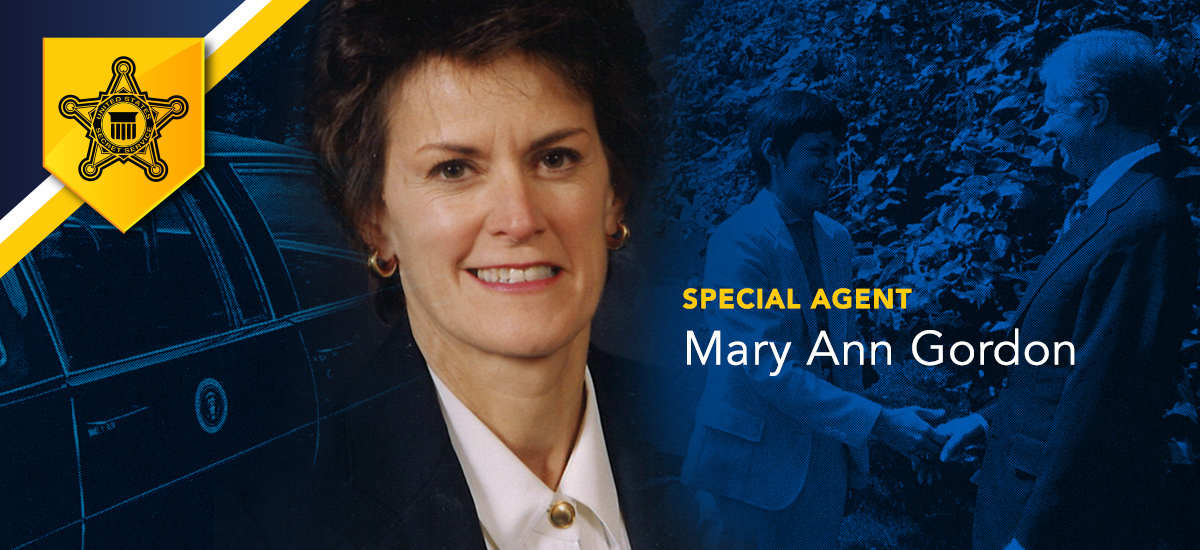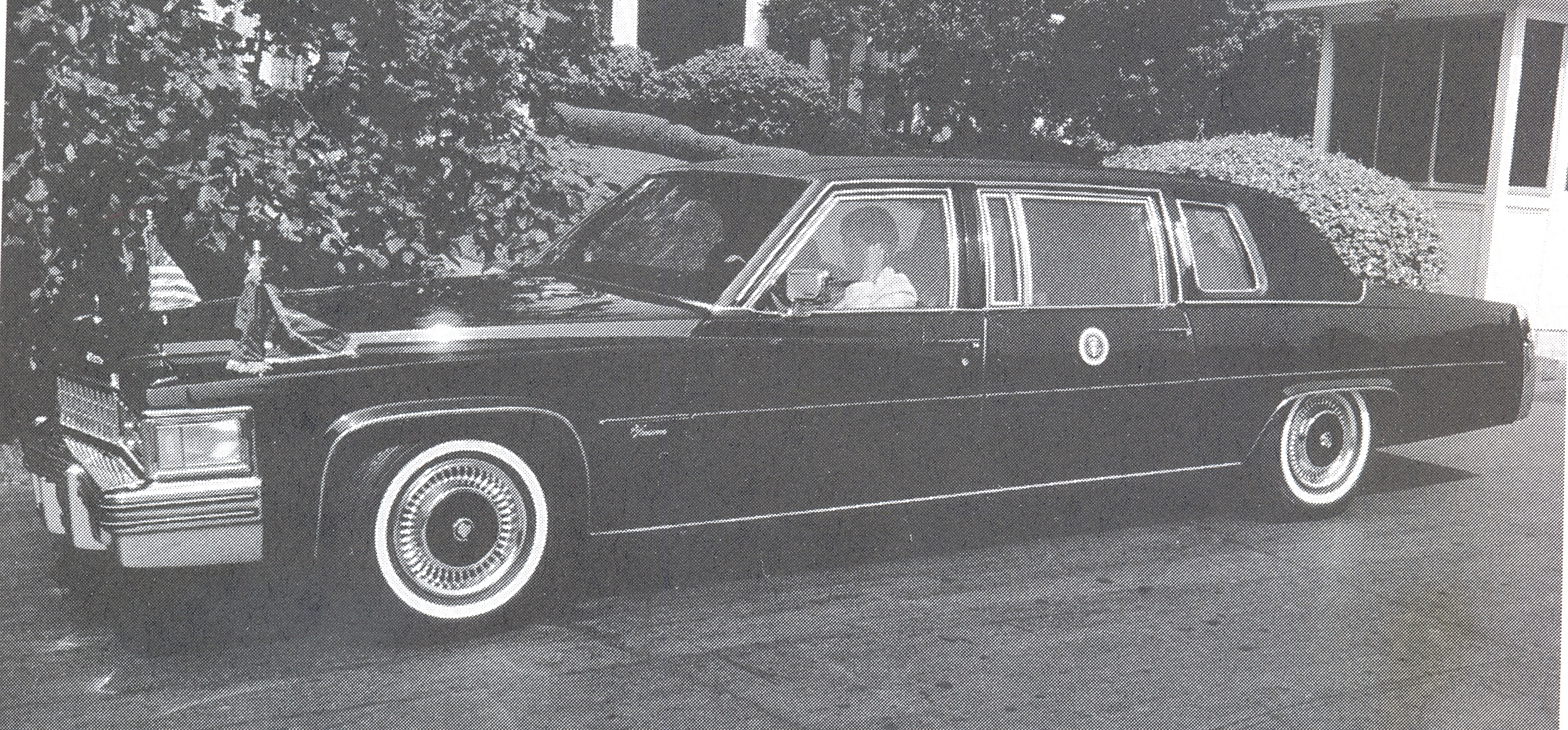Special Agent Mary Ann Gordon Recalls the Attempted Assassination
of President Ronald Reagan
Special Agent Mary Ann Gordon joined the U.S. Secret Service in 1974 among the first ten female special agents ever hired by the agency.
Not too long after, she helped steer the course of history.
Gordon’s list of trailblazing accomplishments is no doubt impressive. She was also the first female special agent assigned to the Presidential Protective Division in 1978. But her full story underscores the fundamental teamwork required for successful protective operations - each person on the protective detail is an integral part of an elite protection force.
In short, the agency’s protective mission helps preserve democracy, and few times in the agency’s history of presidential protection was that more clear than 40 years ago.
As Women’s History Month closes out and the 40th anniversary of the attempted assassination of President Reagan draws near, this is Gordon’s story.

Gordon was the lead transportation agent the day John Hinckley opened fire on President Ronald Reagan’s detail as he was departing the Washington Hilton Hotel March 30, 1981. Gordon was assigned to ride in the marked police cruiser and ensure the motorcade did not have any difficulty traveling to and from the Hilton. Preparing for her assignment, Gordon drove all the possible motorcade routes to the Hilton, the White House, and even to George Washington University Hospital to ensure the streets were clear and free of any obstacles. This also allowed her to familiarize herself with the different routes.
Things were going as planned as the President’s speaking engagement ended and she got into place in the lead cruiser. Moments later, six shots rang out. When Gordon heard the shots, she proceeded from the lead cruiser to the Presidential limousine to see if the President was in the car and ready to go. Affirming President Reagan was in his car, Gordon proceeded back toward her assigned vehicle. Feeling she would not make it there in time, she instead got into the passenger side of the spare limousine ready to direct the driver.
Learning the motorcade was diverting to George Washington Hospital, Gordon tried to reach the lead police car by radio to notify them of the sudden change in plan. Unable to reach them, she quickly instructed the driver of the spare limousine to pass the Presidential limousine on 17th Street to act as the lead car as they sped toward the hospital.
Just three minutes after shots were fired, the President arrived at the hospital, where Gordon helped secure the motorcade and the emergency entrance area. Gordon’s good judgment and instant response were instrumental in getting the President to the hospital quickly.
Recalling the events of that terrible day, Gordon said, “It’s the team effort that makes things work. It’s seldom just one person, but in that case, Jerry Parr was, of course, the person who saved the President’s life by making that decision to go to the hospital instead of the White House.”
“Since 1971, the women of the Secret Service have been an integral part in executing our integrated mission,” said Assistant Director Kim Cheatle – Office of Protective Operations. “Her actions are a testament to that and show just a glimpse of the important work that continues on today.”
As the first female special agent appointed to the Presidential Protective Division, Gordon recalled that “it was a learning curve for everyone. The women who came before me are really the ones who broke the ice. I was number six at the time I was hired. I had some good agents there at the White House who made sure I knew I was a part of the team.”
Following her time in PPD, SA Gordon worked in Public Affairs, the Baltimore Field Office, Intelligence Division and the Financial Crimes Division, among other places. Gordon retired in 1995 after serving 21 years in the Secret Service.
“I am glad to see that the Service today has a lot more women, and that they are in every capacity. From ladies in charge of field offices, to a trainee, and everywhere else,” Gordon expressed.

File photo: Special Agent Mary Ann Gordon was the lead transportation agent the day John Hinckley opened fire on President Ronald Reagan’s detail as he was departing the Washington Hilton Hotel March 31, 1981.


